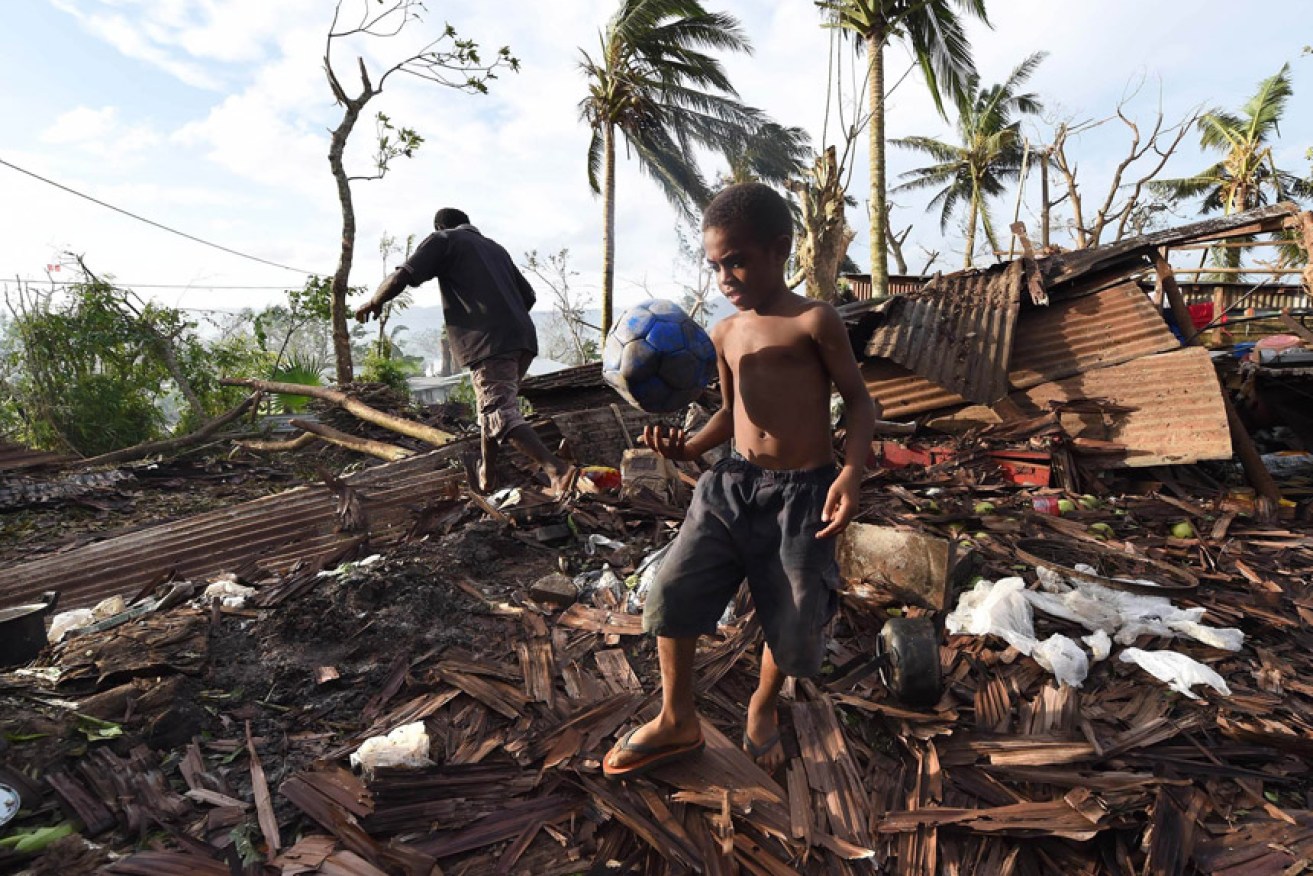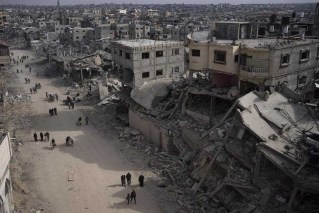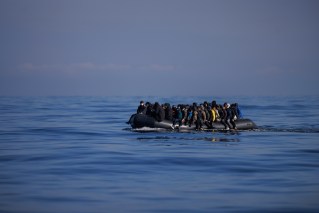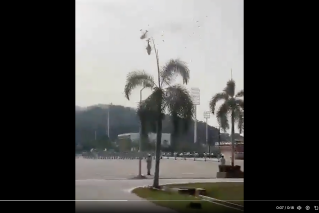Vanuatu food shortage fears


The Chinese is accused of clear-felling when it was only entitle to harvest fallen timber.
Vanuatu faces imminent food shortages after Tropical Cyclone Pam pummelled the Pacific archipelago, with relief agencies describing conditions as among the most challenging they have faced.
Communication to many of Vanuatu’s 80 islands are still down, and concerns are mounting that disease and a lack of clean water could add to the current death toll of 24 confirmed fatalities.
President Baldwin Lonsdale’s office said survivors were quickly running out of food.
• In Pictures: the monster known as Cyclone Pam
• Cyclone Pam smashed us like a pounding surf
“The first week we are relying on the fact that the food crops and the gardens are still edible and they can be used for the first week, but after the first week we’ll need to get some rations on the ground,” spokesman Benjamin Shing said.
With crops wiped out, Mr Shing said he feared the worst for the country that relies largely on farming to feed itself, warning “there might be a lot of fatalities”.
Australia, New Zealand, Britain and France have all pledged aid, with French President Francois Hollande pledging to step up relief efforts in “the coming days, to respond to the urgency of the situation”.
Prime Minister Joe Natuman said it would be at least a week before authorities had a better sense of the destruction.
The scale of the disaster became clearer with the first teams of aid workers reaching Tanna island, home to 30,000 people about 200km south of the capital Port Vila.
“The impression they got from their initial observations was that the damage is significantly worse than Port Vila,” Tom Perry from CARE Australia told AFP.
He added that the hospital was functioning but had no roof.
Australian Foreign Minister Julie Bishop said reconnaissance “confirmed significant damage in the southern islands”.
“Particularly Tanna island, where it appears that more than 80 per cent of houses and buildings have been partially or completely destroyed,” she said.
“Not only buildings flattened, but palm plantations, trees. It’s quite a devastating sight.”
Natuman said while initial assessors had been able to enter the eastern and western parts of the island chain, northern and southern areas were still largely inaccessible.
– with AAP








